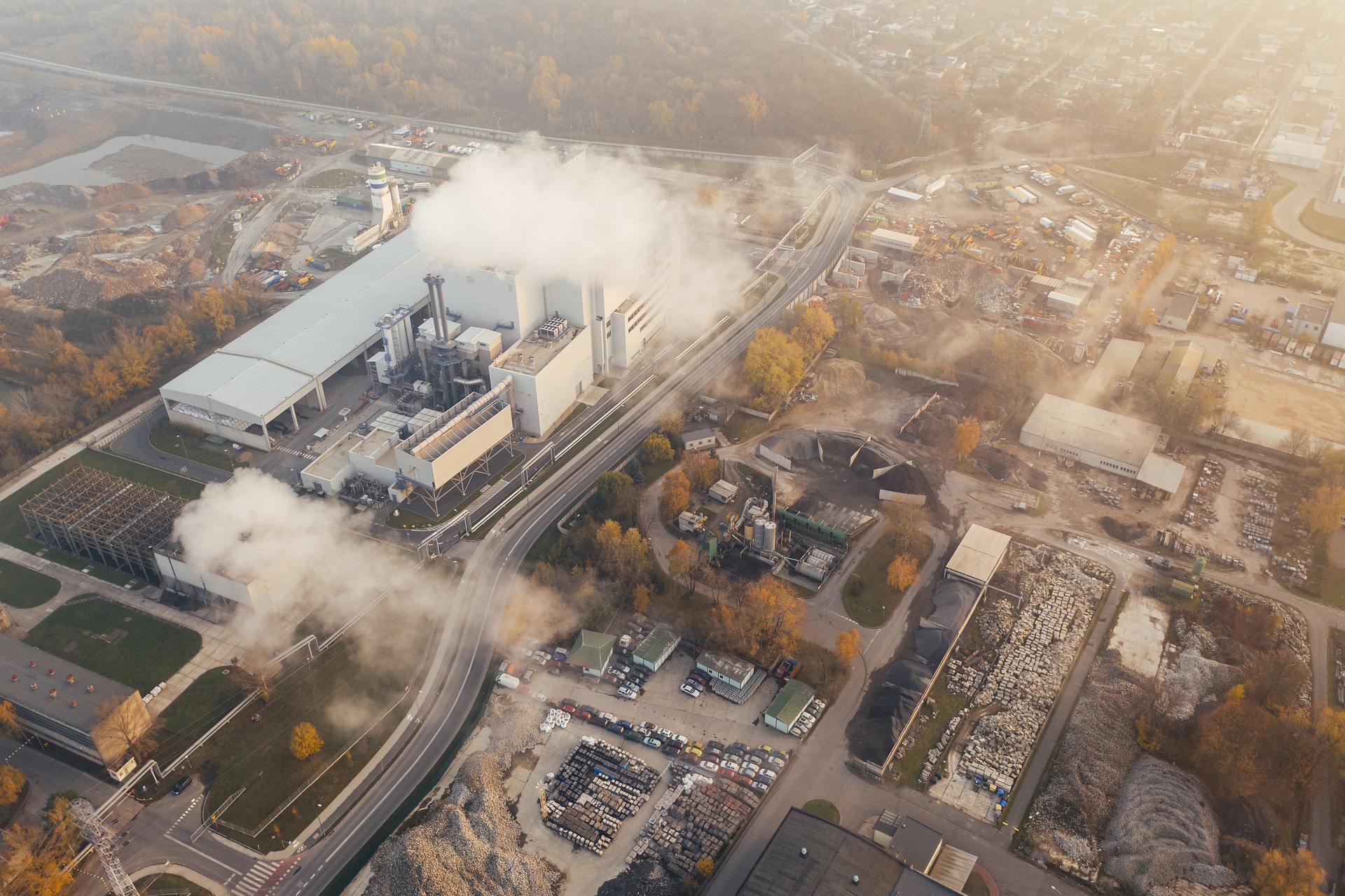
Ōtepoti – Engineers at the University of Cincinnati have developed a promising electrochemical system to convert emissions from chemical and power plants into useful products while addressing climate change.
UC College of engineering and applied science assistant professor Jingjie Wu and his students used a two-step cascade reaction to convert carbon dioxide to carbon monoxide and then into ethylene, a chemical used in everything from food packaging to tires.
The study was published in the journal Nature Catalysis in collaboration with the University of California Berkeley and the Lawrence Berkeley National Laboratory.
The significance of the two-stage conversion is that we can increase the ethylene selectivity and productivity at the same time with the low-cost strategy. The process can be applied to various reactions because the electrode structure is general and simple.
Selectivity means isolating the desired compounds. Productivity is the amount of ethylene the reactor can produce.
The researchers selectively reduce carbon emissions into something considered valuable because of its many downstream applications. Applications include a variety of industries from steel and cement plants to the oil and gas industry.
In the future, they can use this technique to reduce carbon emissions and make a profit from it. So, reducing carbon emissions will not be a costly process anymore.
Ethylene has been called the world’s most important chemical. It’s used in a range of plastics from water bottles to PVC pipe, textiles and rubber found in tires and insulation.
Professor Wu said the chemical they produce is known as green ethylene, because it is created from renewable sources.
There are huge environmental advantages to containing and converting greenhouse gases. In the future, researchers will need sustainable development so we’ll need to convert carbon dioxide.
Copper isn’t necessarily the best catalyst for this reaction, so industry experts have likely alternatives that could boost productivity and efficiency even more.
The system will take some time to become economical. But already they have made tremendous strides. The technology has improved a lot in 10 years. This is a game changer.

